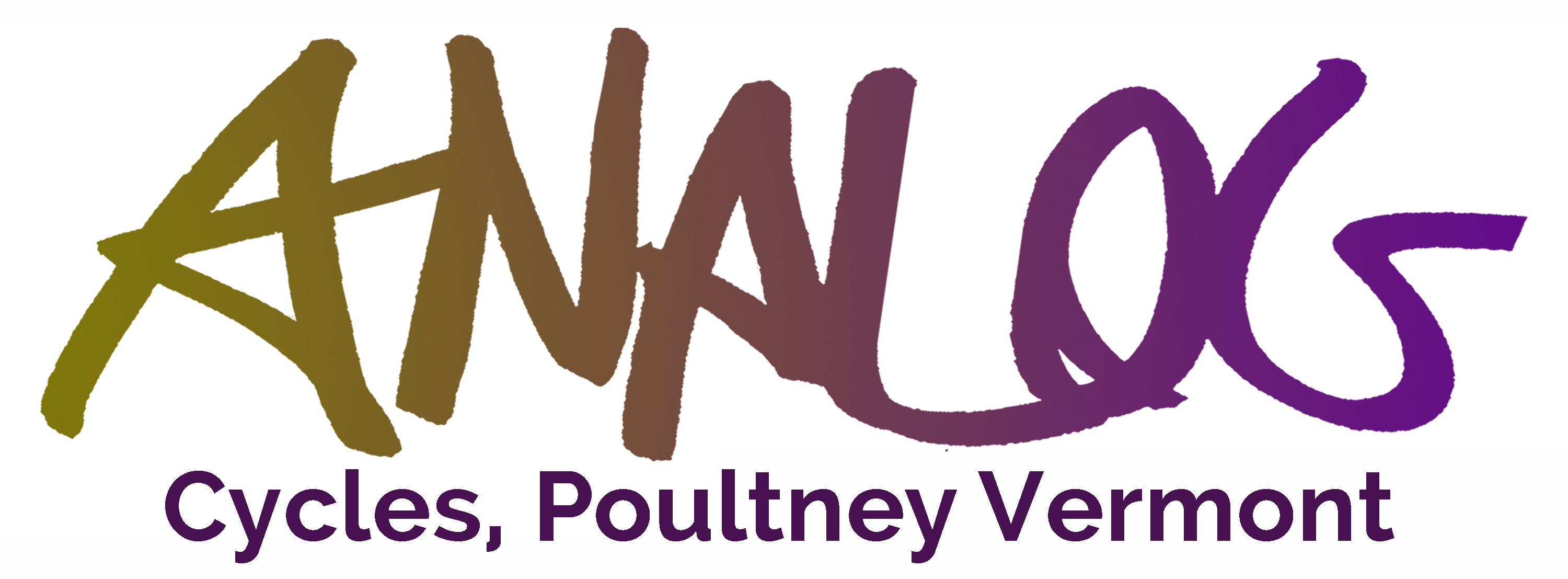95% of all handlebars are the wrong shape, size and height.
Ok now take this quick test. Just answer the questions honestly, if you cheat you’re only cheating yourself.
-
-
-
-
-
- Toward the end of a ride, do your shoulders hurt between the shoulder blades?
- Do your wrists hurt?
- Do your palms have pressure on them?
- Do your fingers go numb?
- Does your crotch have pressure?
- Do your feet or toes fall asleep?
- Do your arms feel tired?
- Does your neck hurt?
-
-
-
-
If you answered yes to any of these, your bars (and probably more) need help. They’re probably too low, too narrow, the wrong shape and have the wrong grip material.
So why the hell would manufacturers put bad bars on so many bikes? There’s a number of factors at work:
- Trends and Laziness. Manufacturers closely follow trends. Generally they don’t invent trends, that’s up to the little guys. Standard mountain bike bars were borrowed from motorcycles and dirt bikes, which needed wide flat bars for off road control. They have different factors at work than bicycles: Way more suspension travel, heavier, more relaxed headtube angles, more speed, more traction. The first independent mountain bikes built used bars like this, and then everyone else copied them, and very few people have ever looked back. Once something becomes established as a norm, it’s very hard to justify reeducating a customer to something that’s better but different. Education takes time, willingness, and acceptance. So naturally it’s a turnoff to some customers and lots of salespeople.
- Drop bars are made for road racing. Which means they are made for racers who get paid to go as fast as possible, because that’s their job. If they suffer during that quest for speed, but they are the fastest, then that’s ok. Road racers don’t typically ride on bad roads, or fire roads. They are generally rail thin, they never carry a load on their bike, and make up an incredibly small portion of the people who ride bikes. But for some reason manufacturers still look to racers for marketing inspiration. 100 years ago there was a lot more innovation in road bars than we currently see. More shapes, sizes, and consideration for ergonomics. But from the 80’s on, the idea was: copy what the racers do. The concept of the drop bar is not bad per se, but drop bars made for, or in the likeness of, road racers bar are. Which is the vast majority of drop bars. Analog Cycles stocks only a small selection of what we think are the best drop bars currently made, and it’s only small because there are not many good bars out there!
- Fear of failure. If a big brand comes out with a new handlebar, even if it’s based on a proven 100 year old design, and no one likes it, it’s a failure. On the flip side, if you just copy everyone else’s PSL, then no one is gunna care, one way or the other, because at least you’re not making waves.
Here’s Analog Cycles’ guide to picking a handlebar without actually holding one in your hand first:
If your bike is used for casual road touring, long distance road riding, or commuting, and you want to sit really upright, like 60-80 degrees, get a swoopy bar like an Albatross or Choco bar. Put some cork grips on it, and if it’s going to be use for longer rides, wrap the front of the bar with cloth tape. We prefer bar con shifters for these bars, as it frees up more bar to slide you hand around on.
